From Consumer to Producer: A Metamorphosis
All change is difficult but changing our spending and eating habits can sometimes feel impossible. It’s not easy to transform from a fortunate consumer who has a world of choice at the grocery store, to a city dweller who grows their own food and eats with the seasons. But it can be done, and it doesn’t have to be done alone. Growing your own food at home, school and even the workplace is becoming a game-changing movement and urban farmers and home gardeners can lead the way.
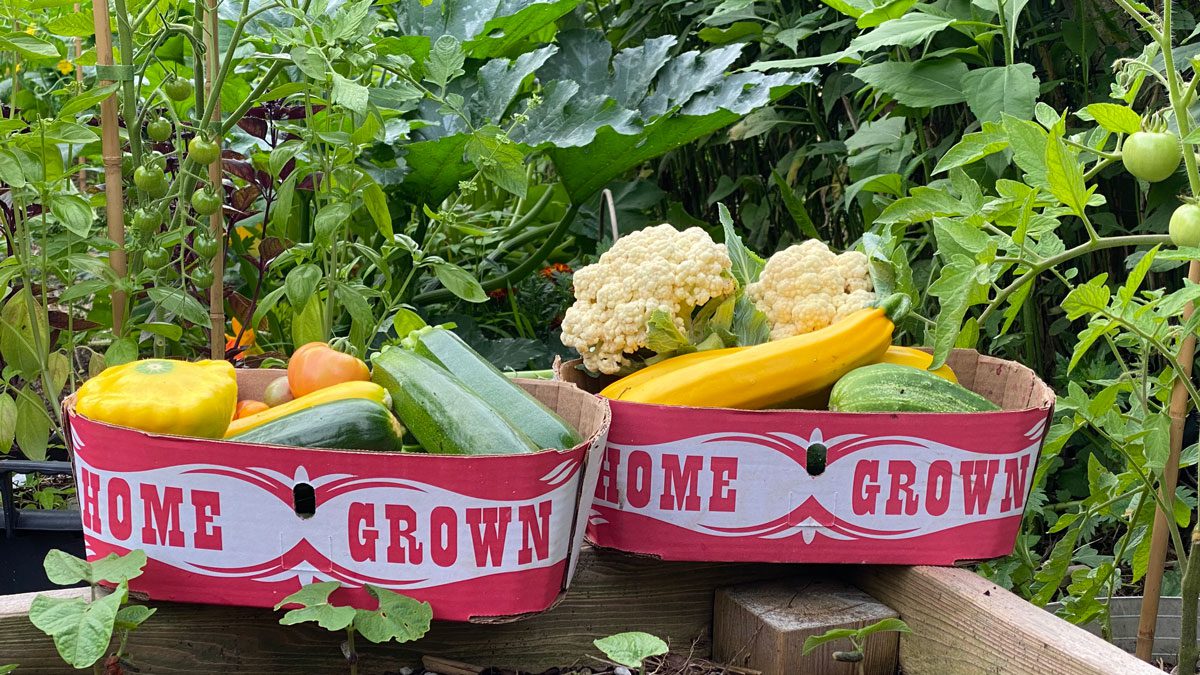
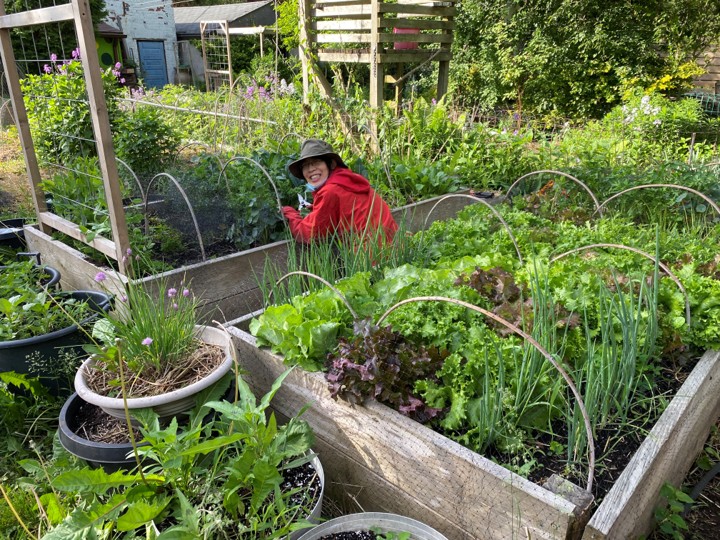
Climate Change Sparks Personal Change
Many of you know that Marc and I started BUFCO because of a seismic shift in our values sparked by our growing awareness of climate change and our need to find a meaningful solution. Operating this company is not what we have always done, we started in the film business. BUFCO is our mid-life crisis.

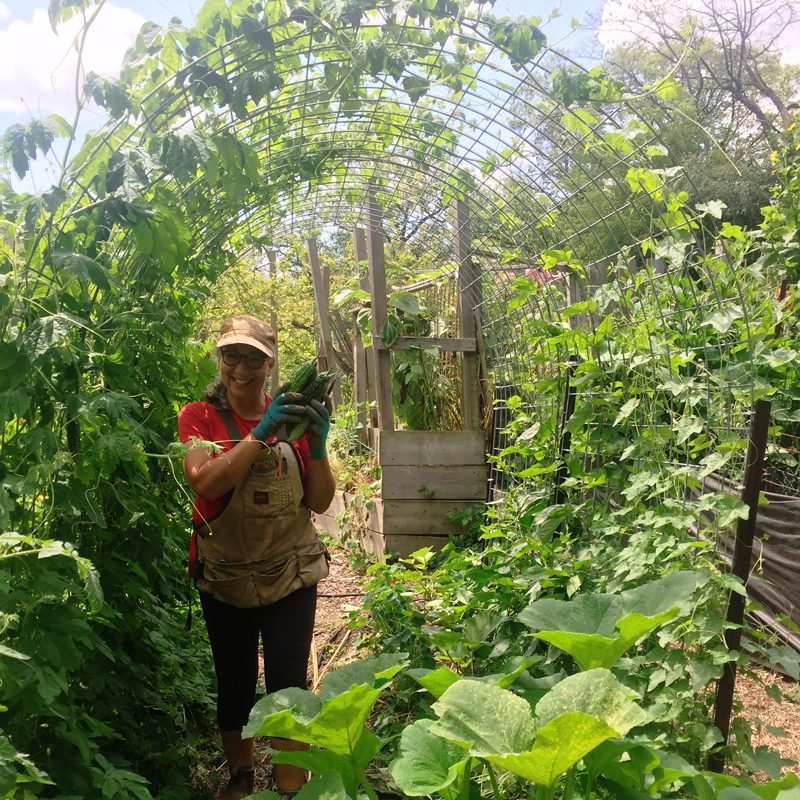
Marc started as a sound recordist and boom operator and transitioned to a location scout and manager in TV commercials. I started in the camera department and worked my way through film and TV production to become a television writer and director. Like many transformations, our career shift out of moving pictures and into BUFCO wasn’t easy, but there were many joys along the way, one of which was a newfound obsession with collecting swallowtail butterfly caterpillars and raising them in a flight cage in our kitchen.
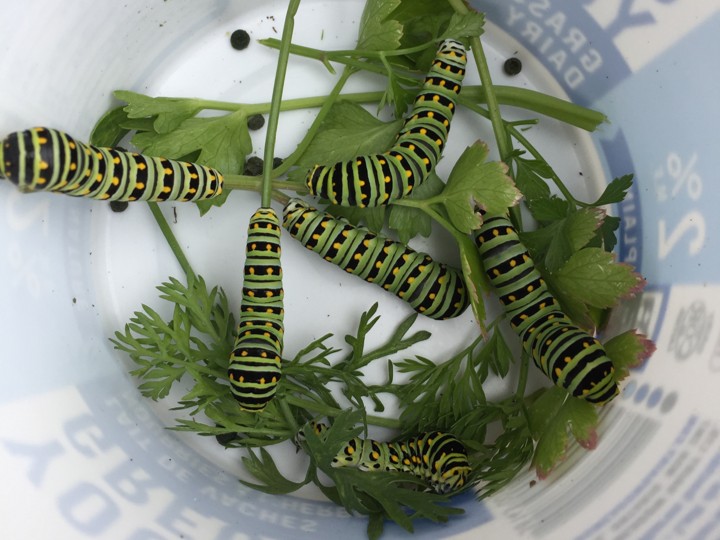
Metamorphosis
The life cycle of an Eastern Black Swallowtail Butterfly is fascinating and something that can be easily observed in vegetable gardens in southern Ontario. That’s because their host plants, carrot, parsley, dill and fennel are prolific self-seeders and grow in abundance.
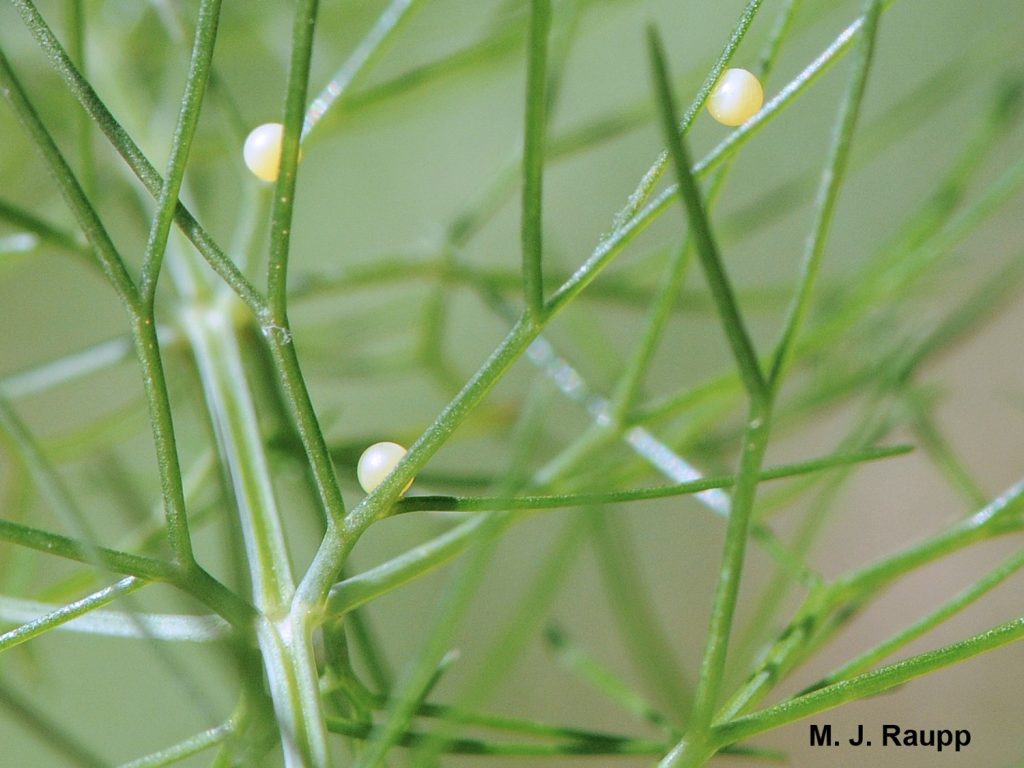
It all starts with a beautiful butterfly laying hundreds of eggs, at a rate of 30-50 per day.
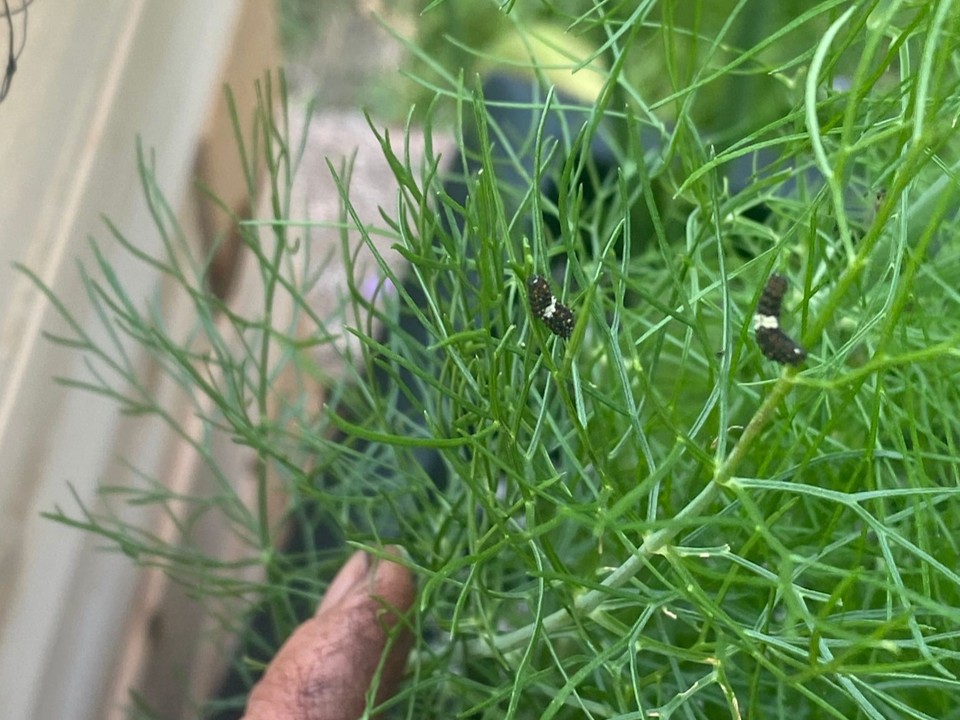
The eggs develop into caterpillars that go through 5 instar, or larval stages.
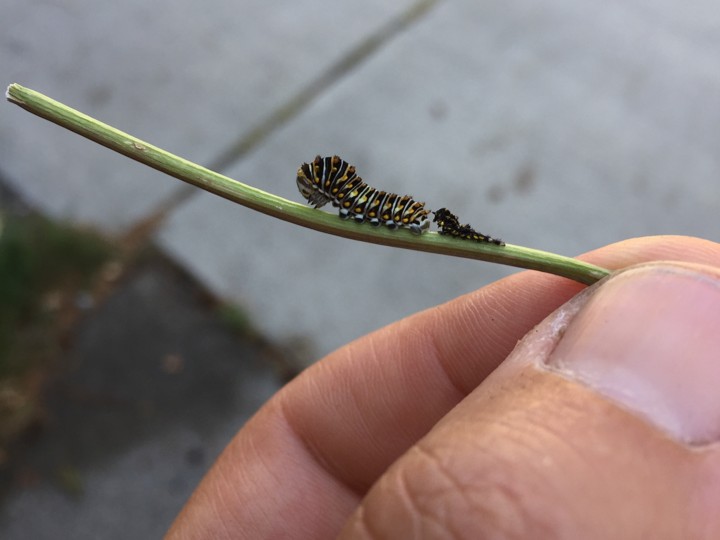
The first instar is spiny and mostly black. The 2nd and 3rd instars are an orange/red colour.
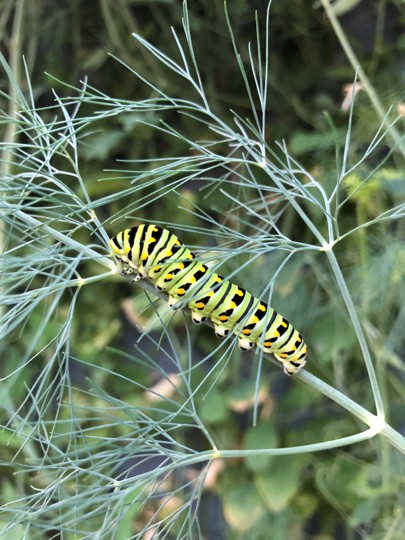
Older larvae (4th and 5th instars) are green and black bands with yellow spots.
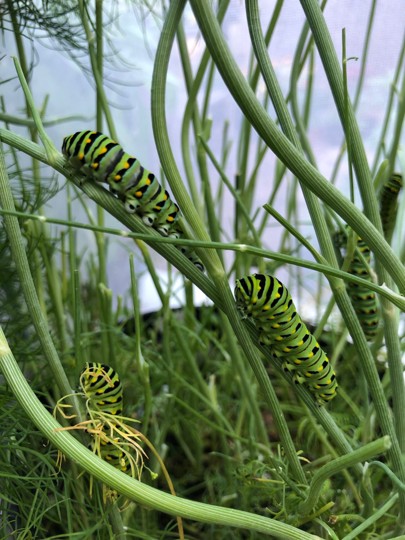
They are voracious eaters and can completely decimate it’s host plant.
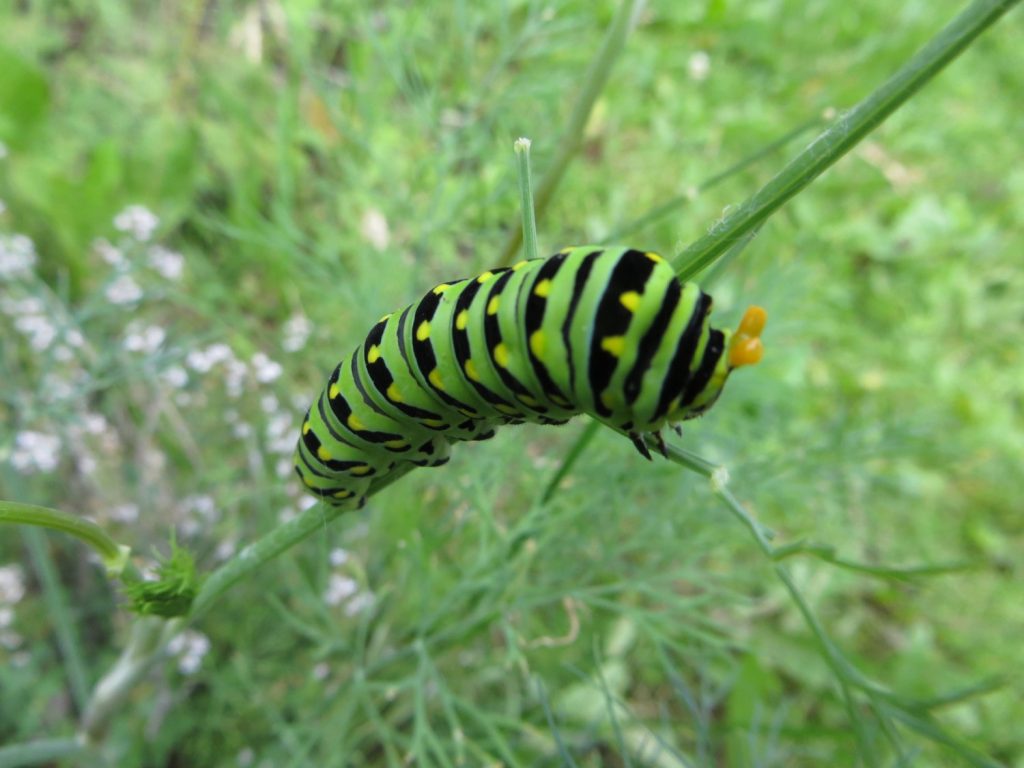
Fun Fact: A full-grown caterpillar has an orange, horn-like gland on its head called an osmeterium. It releases a sickly-sweet smell from this gland when the caterpillar senses danger.
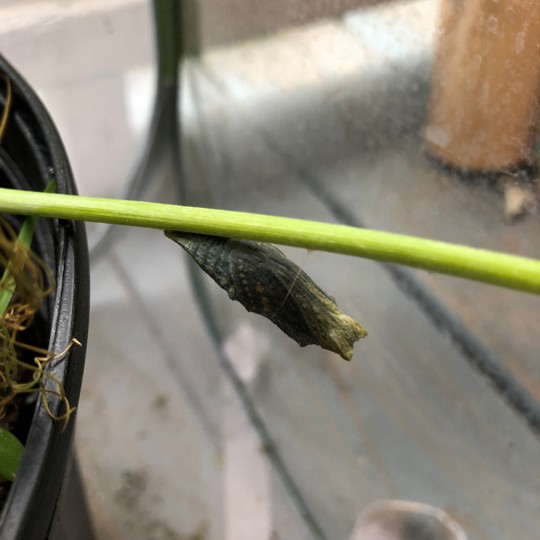
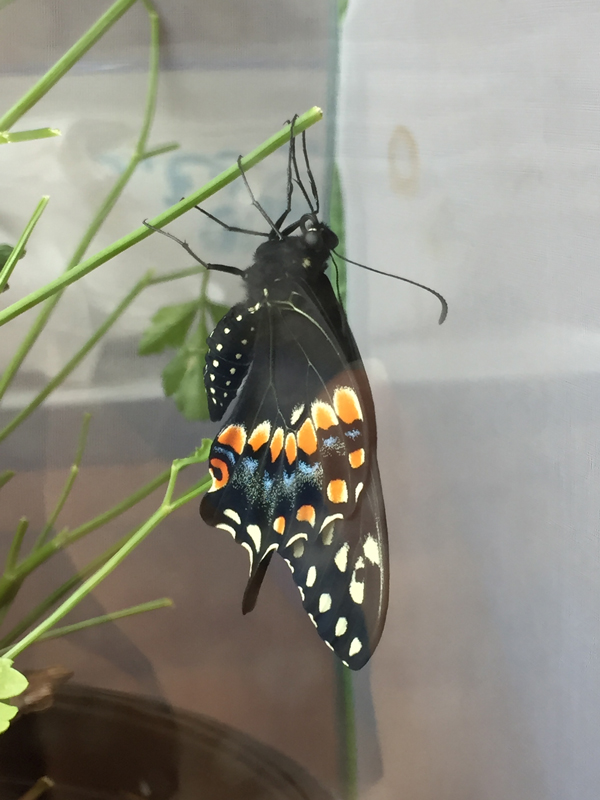
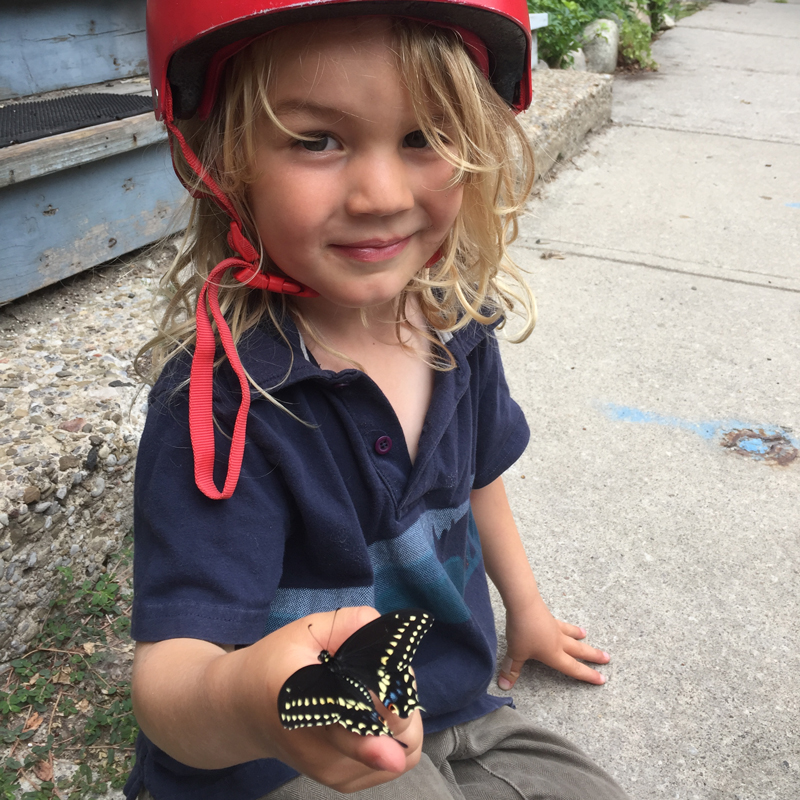
Somehow, the full-grown larvae knows when it’s time to form a unique chrysalis and slings a silky thread around its midsection to hold it in place, like an arborist slung to a tree. In this phase they are essentially digesting themselves from the inside out. The same juices it used to digest food as a larvae it now uses to break down its own body! At this point they are neither caterpillar or nor butterfly.
Between ten and twenty days later, metamorphosis is complete and the butterfly ecloses, or emerges. Once its wings are dry, it flies off into the great unknown, led by instinct, in search of sweet nutrition in the form of nectar. As you can well imagine, transformation is difficult for swallowtails. They face predators, weather extremes, food insecurity, everything nature has to throw at them. But if successful, they will find the right location to host the next generation.
From Filming to Farming
Without really realizing it, Marc and I were undertaking a similar process. We, like the transforming swallowtail, were shedding our old skin, feeling our way through the dark, not sure where we were headed, or where we would end up. By following our instincts, we went from filming to farming.
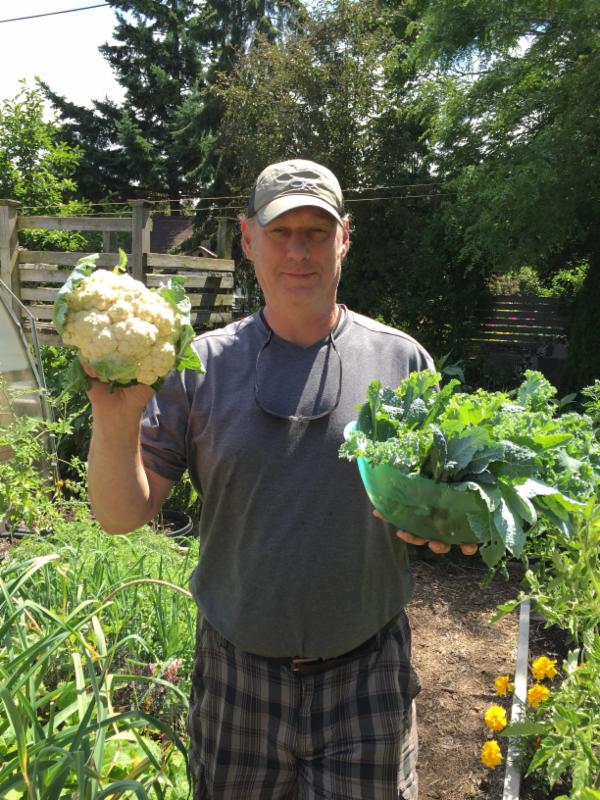
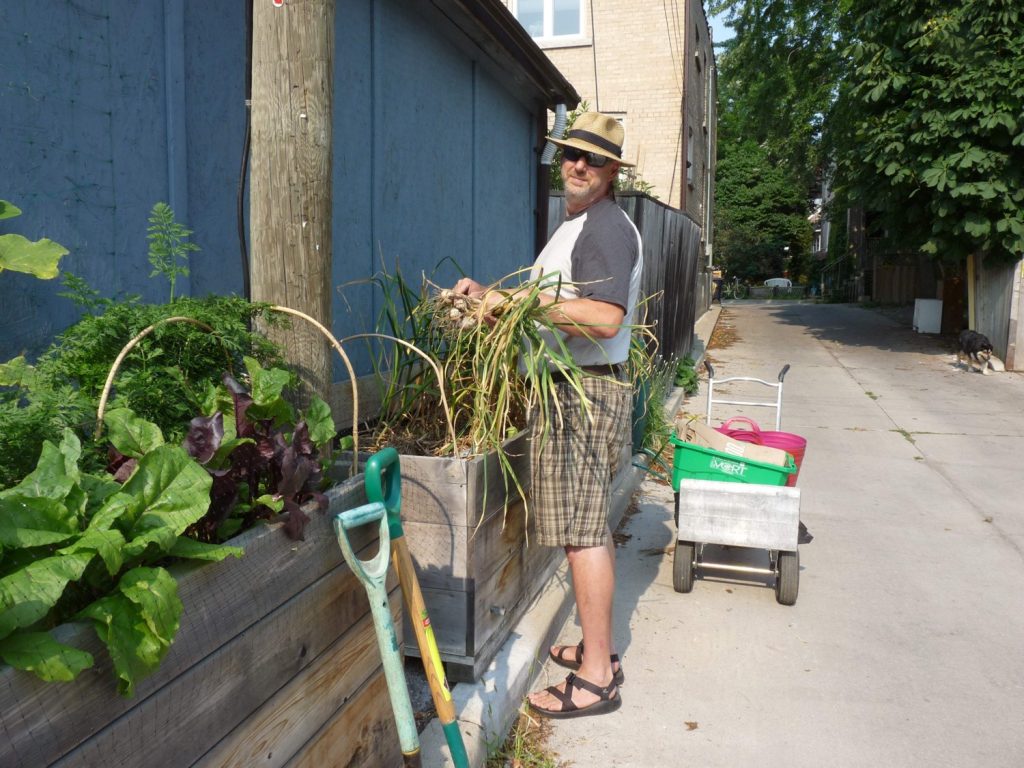
We literally got into the weeds learning how to turn a fantasy job of inspiring urbanites to grow their own food, into a business that could make money enough to sustain our little family while also sustaining employees and their families.
There was so much to learn and we started from the ground up. Thankfully I discovered Gaia College an amazing institution in British Columbia that provides asynchronous courses like Organic Master Gardener Program, Ecological Landscape Design, Organic Horticulture Specialist, Rainwater Harvesting and Management and so much more, all taught from a wholistic, organic, regenerative perspective. It took me five winter breaks to earn my Organic Landcare Diploma. Two of our staff have also earned their diplomas and many of our other team members have taken at least one Gaia College course. I cannot recommend this institution more highly.
Learn by Doing
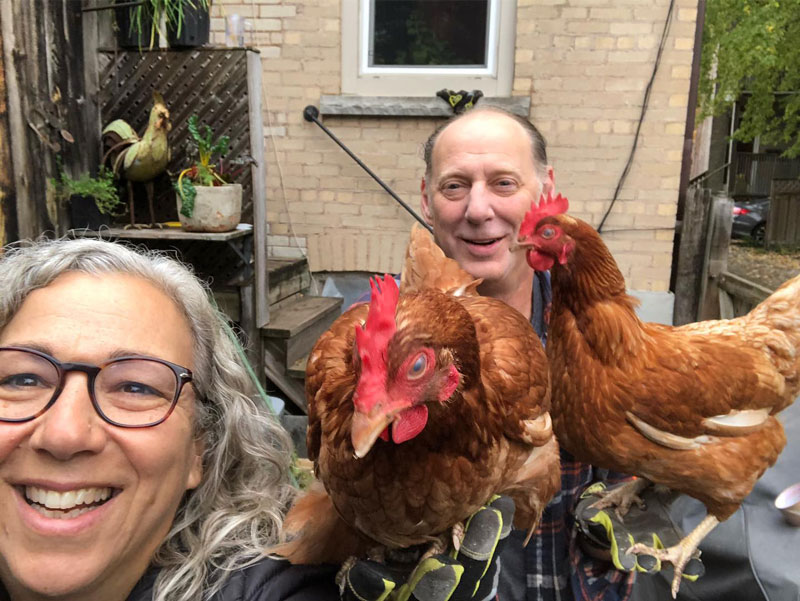
Having an urban farm business meant we were able to apply and practice everything we were learning. We explored the fascinating and complex world of the soil food web. We hot composted, vermicomposted, boskashi composted. We raised chickens and ate lots and lots of eggs. We volunteered at our local community garden and exchanged knowledge with fellow gardeners who had a wealth of experience gardening in their home countries. They introduced us to their culturally specific crops like callaloo, bitter melon and Malabar spinach.
We became professional greenhouse-hoppers, always in search of a place to grow our seedlings. Urban Farming starts with plants, and plants need a greenhouse, which is difficult to find affordably in the city. We started growing seedlings in our basement, but as the business grew so did our need for more space. So we then bartered with our neighbour who provided the space to set up our first hoophouse. In exchange, we installed and tended three raised garden beds for her. We did the gardening, and divided the ample bounty equally between our two families. This arrangement worked well for several years, but still, we dreamt of moving away from home and having greenhouse of our own.
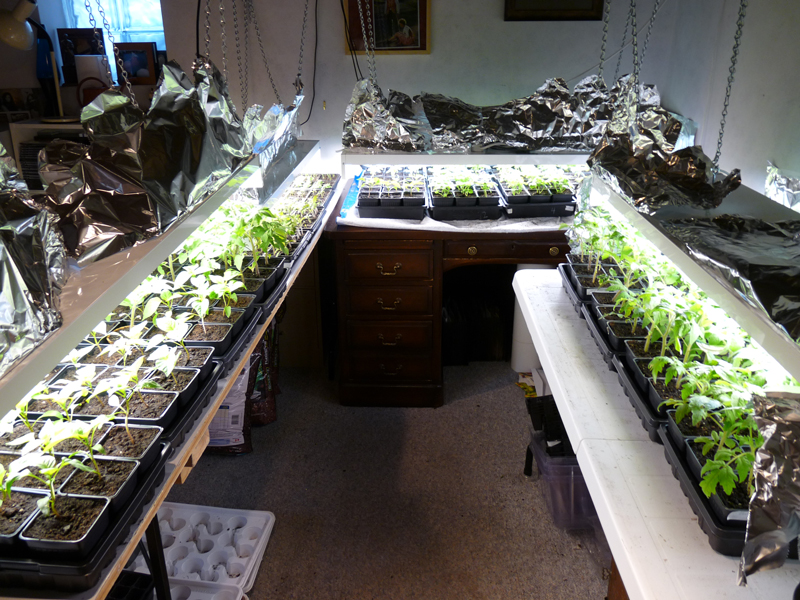
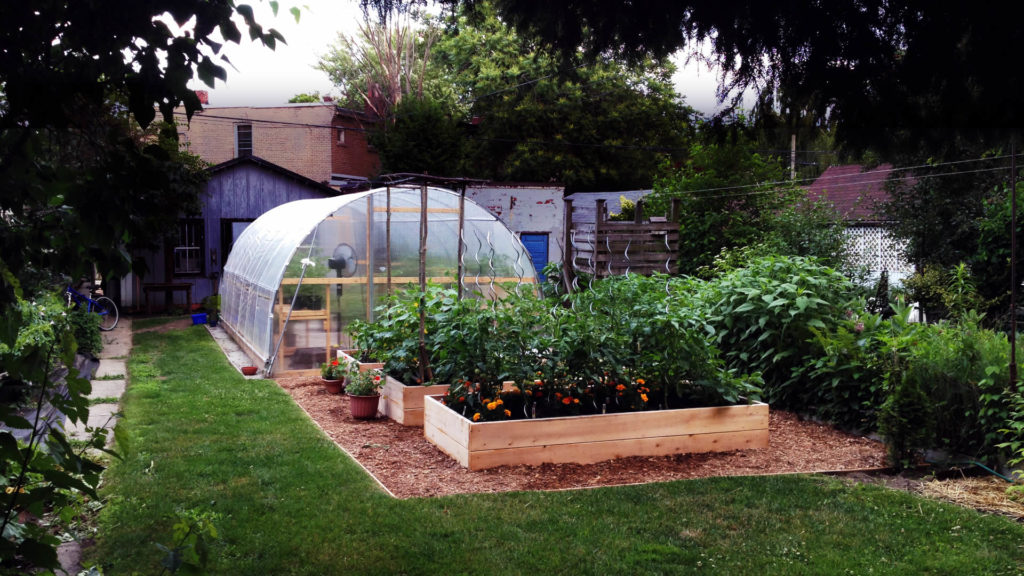
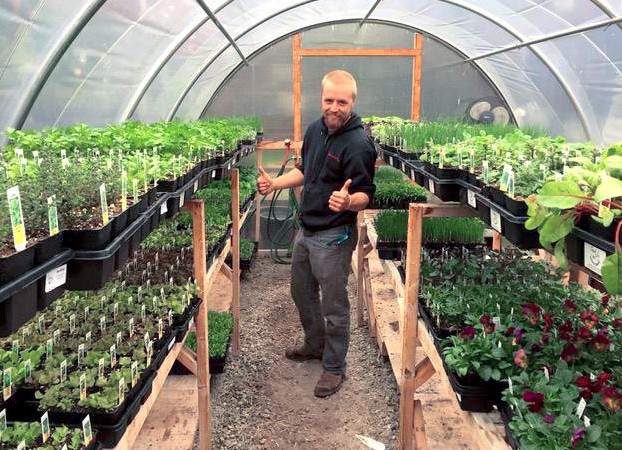
We learned how to grow well into winter by extending the season using cold frames and hoop tunnels (which we now sell as DIY Kits). We learned all about seed saving and how to cure garlic; how to preserve, dehydrate, pickle, can, store and share our harvest with our neighbours, all of whom were incredibly supportive of our venture. We really couldn’t have gotten off the ground without their involvement. And now many of them now have vegetable gardens of their own.
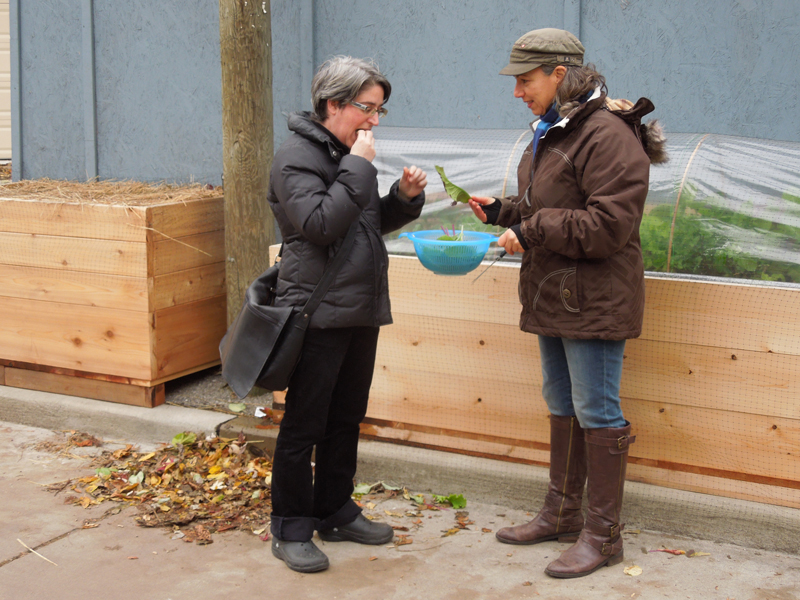
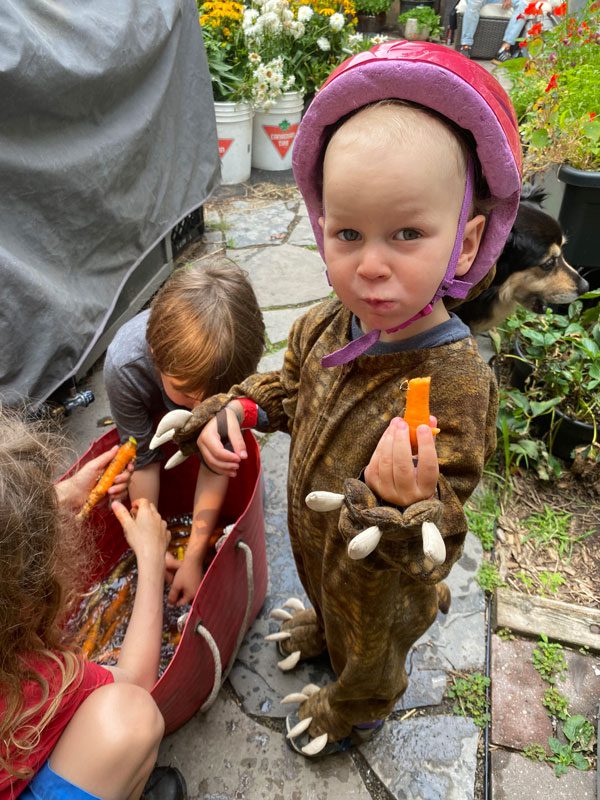
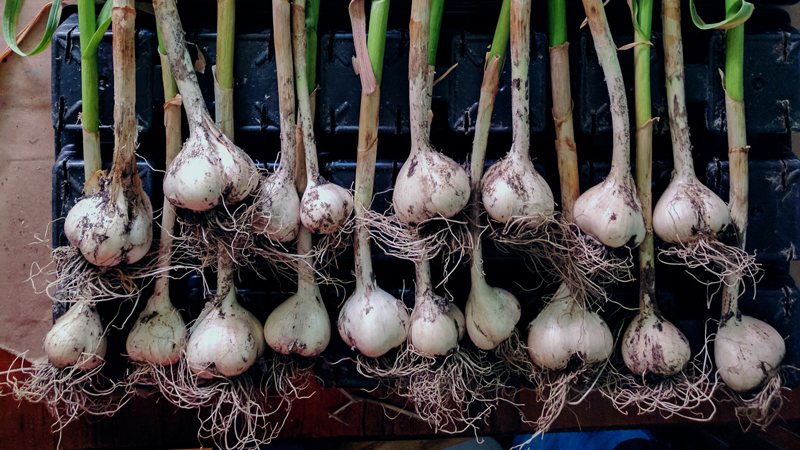
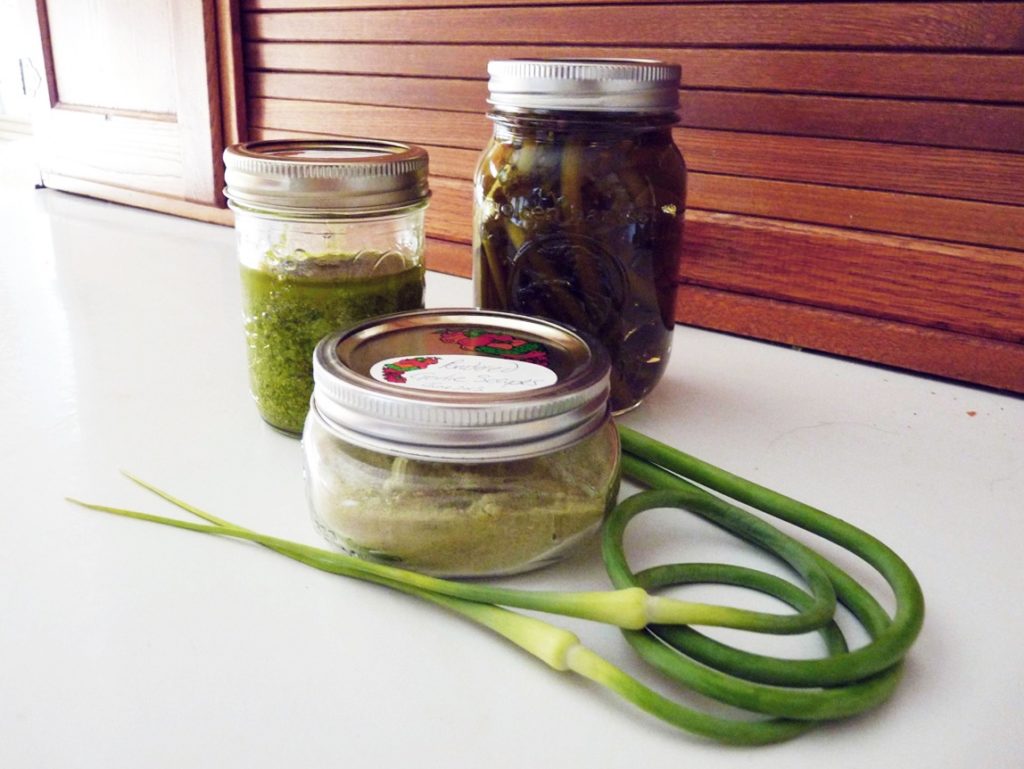
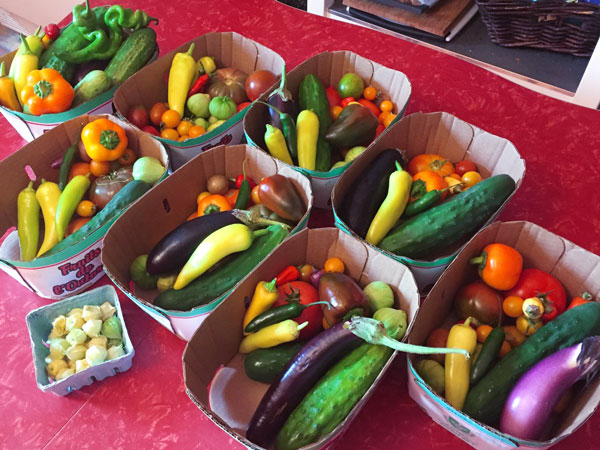
At that point, like the chrysalis, we were neither caterpillar nor butterfly, kind of digesting ourselves and our life savings from the inside out, building an idea that wasn’t fully formed.
Our relationship to and with nature was changing and with it a recognition of our great privilege. We faced the truth of the history of the land on which we were growing, and grew our recognition of the important work that needs to be done to reconcile with Indigenous Communities. I am personally grateful for their incredible generosity in sharing with us their ways of caring for the earth and each other, and for reminding us how plants and nature have so much to teach us.
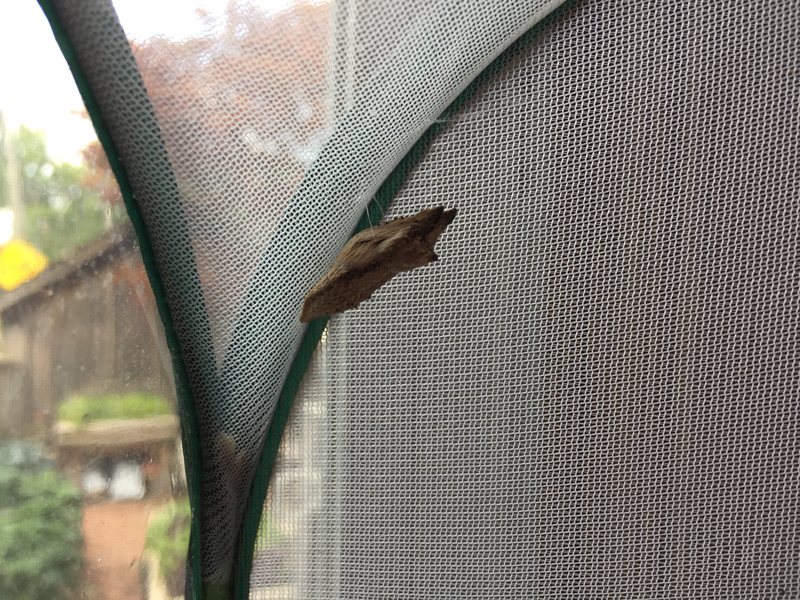
Urban Ag is a Thing
Our metamorphosis was not happening in a vacuum. The City of Toronto was undergoing similar changes, as were many cities around the world. Food growers, food producers, policy makers, schools and universities, not for profits, social enterprises were and still are dedicated to changing the way we think, talk, and go about feeding people in cities, all while keeping equity, accessibility and food sovereignty as major priorities.
The COVID-19 pandemic made it clear: We are all far too dependent on big agribusinesses when supply chains are disrupted, and those living on the margins are the first to suffer. The shining light at this time was our local food networks who jumped into action and were ready and able to sustain us when external systems either failed, or took advantage of the situation. Proof that a healthy, vibrant and equitable food system must include local growers, farmers and food producers.
(It is impossible to capture in a blog post all that is happening in urban agriculture today. I highly recommend exploring the vibrant Toronto Urban Growers website where you will learn about the individuals and organizations who are involved in scaling urban agriculture in Toronto.)
Despite all this progress, Toronto Mayor Olivia Chow has declared that food insecurity is an emergency in Toronto. Jessey Zawadi of Zawadi Farms, who operates a CSA out of Downsview Park penned an open letter to Ms. Chow making a strong case for Urban Agriculture as part of the solution to food insecurity. Small-scale farms, urban agriculture initiatives, and local food cooperatives should be valued, funded and become an integral part of policy discussions. Now more than ever we need to build local, independent food systems, to look after each other, and become self-sufficient, self-reliant, and to maintain our sovereignty.
Laying Down Roots
Growing food is not a lifestyle for everyone. That’s why we’re in business! Now, sixteen years after we started, we emerge, mostly fully formed having laid down roots with our landscape yard in a parking lot in south Etobicoke.
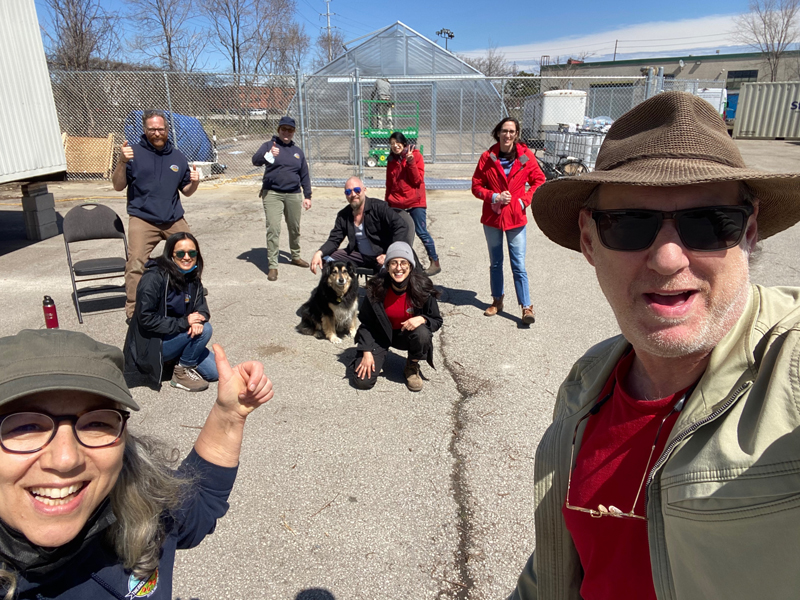
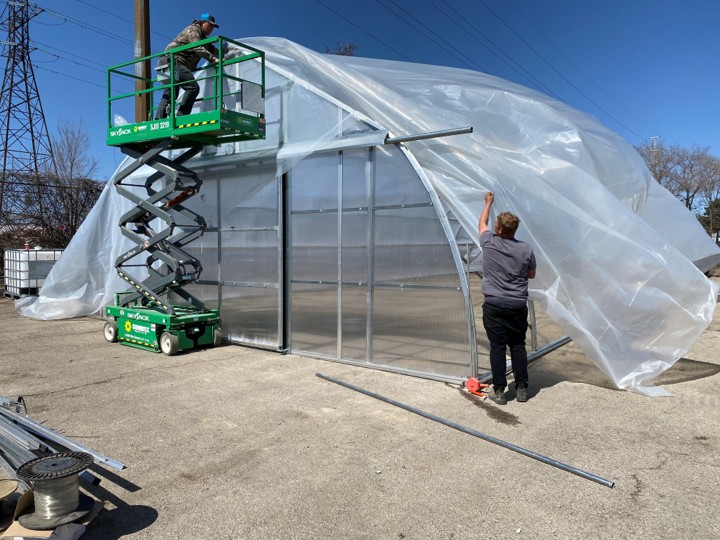
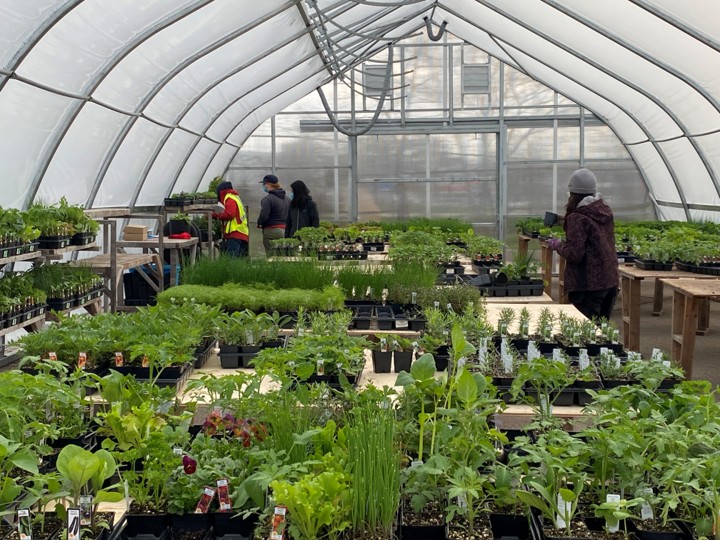
We built a 60’ hoop house where we grow thousands of seedlings for our service clients and DIY customers who shop online and pick up orders at the yard. We harvest rainwater and continue to compost and built an outdoor showroom so people can come and see our various styles of raised garden beds in action. These are our staff gardens, a kind of perk for our team who can plant what they want and harvest at will. And there is always a share for communities in need.
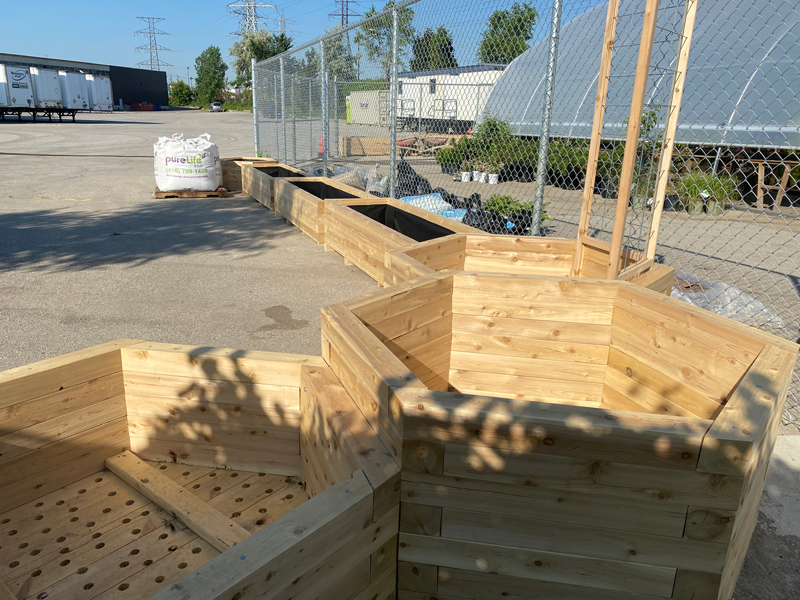
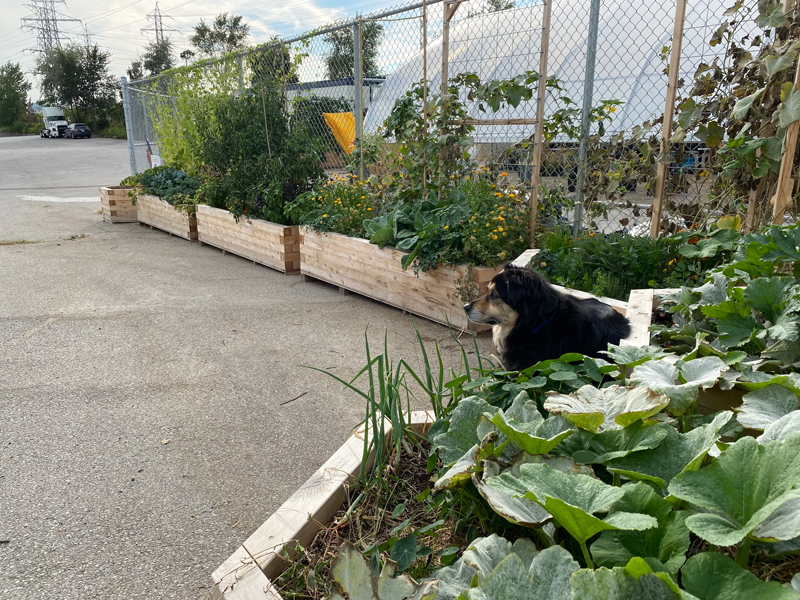
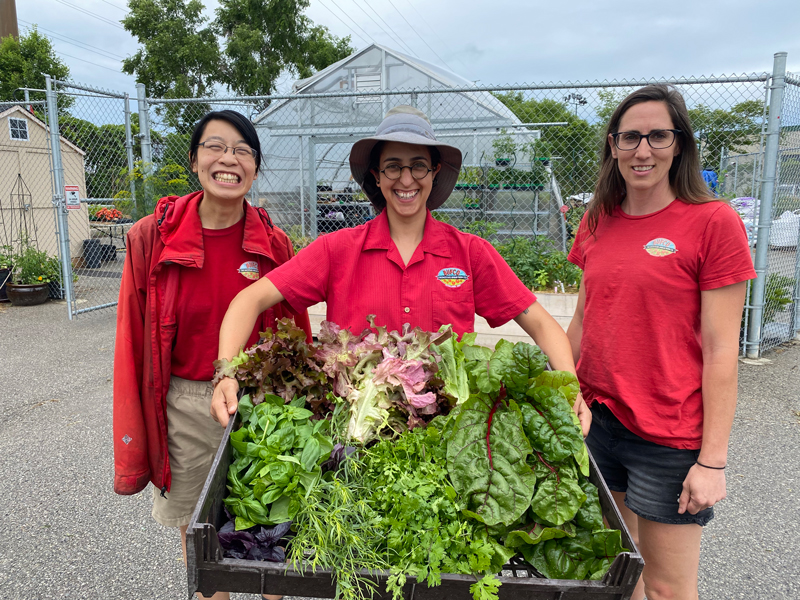
This has truly become a way of life – growing, harvesting, sharing, eating with our friends, coworkers, family, and neighbours. As tough as it was and continues to be, we are working together, through forces of nature, predators, food insecurity and extreme weather.
Despite it all, we emerge, consuming a little less, producing a little more – maybe with battered wings and crooked antennae – but we are flying!
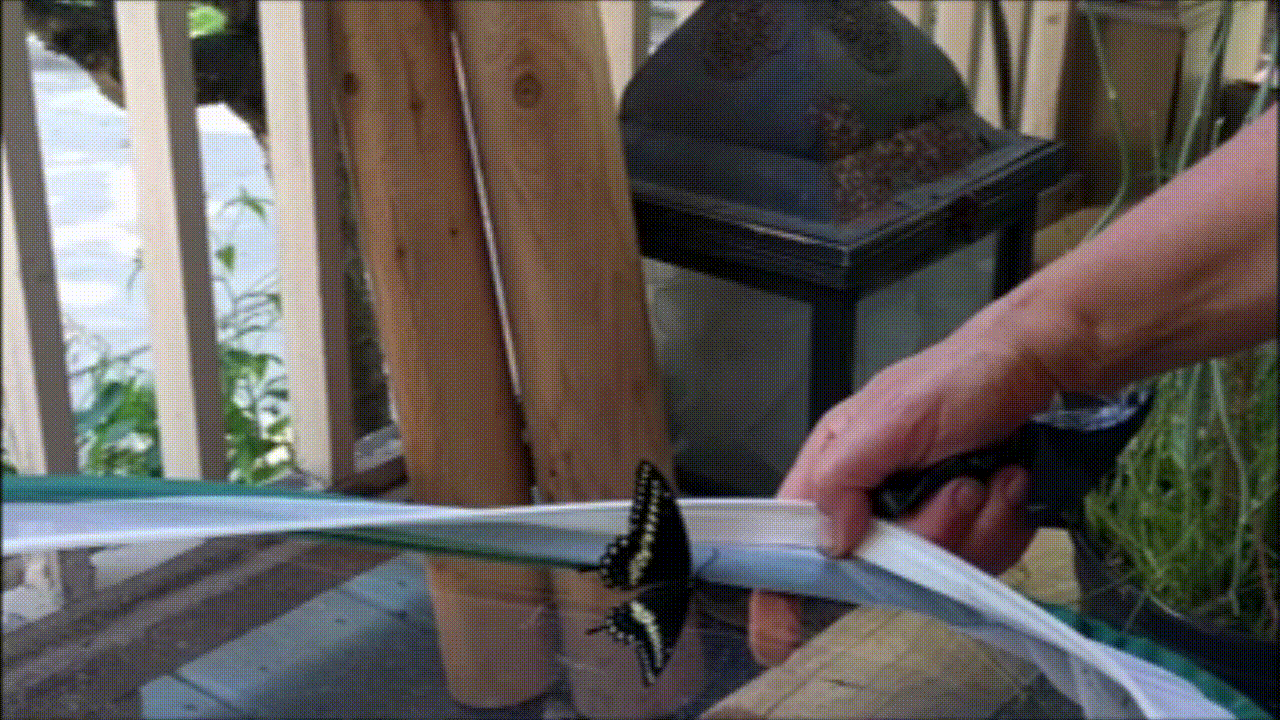
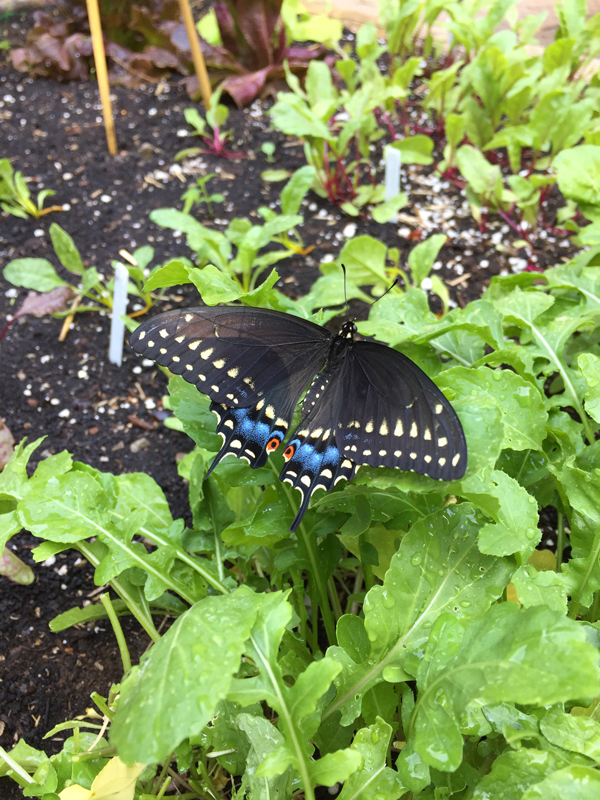


My city garden has been at Leslie Spit Allotment gardens for over 30 years. We now grow almost all of our summer produce. Growing tomatoes and fruit are my favorite things to grow.
I installed a seed library at our allotment garden just last year. It was a huge success.
I would like to see more empty areas of the city used for community gardens and seed libraries.
If you build it they will eat!